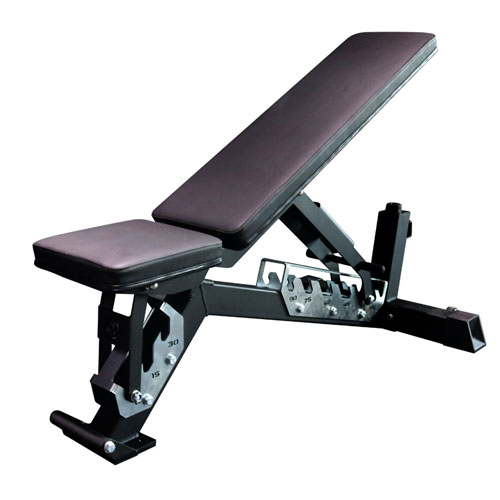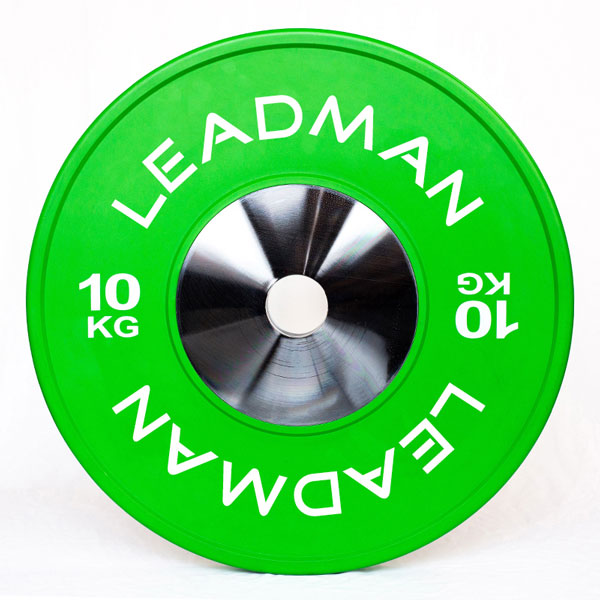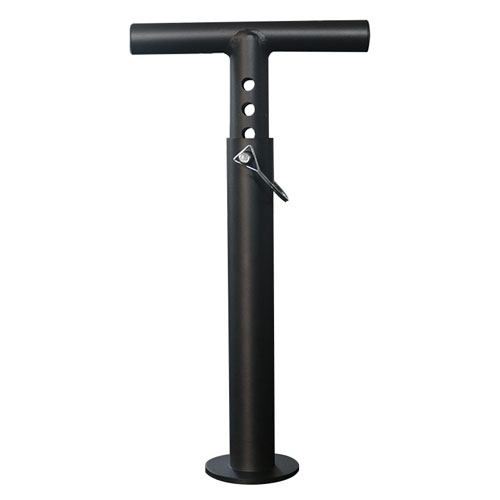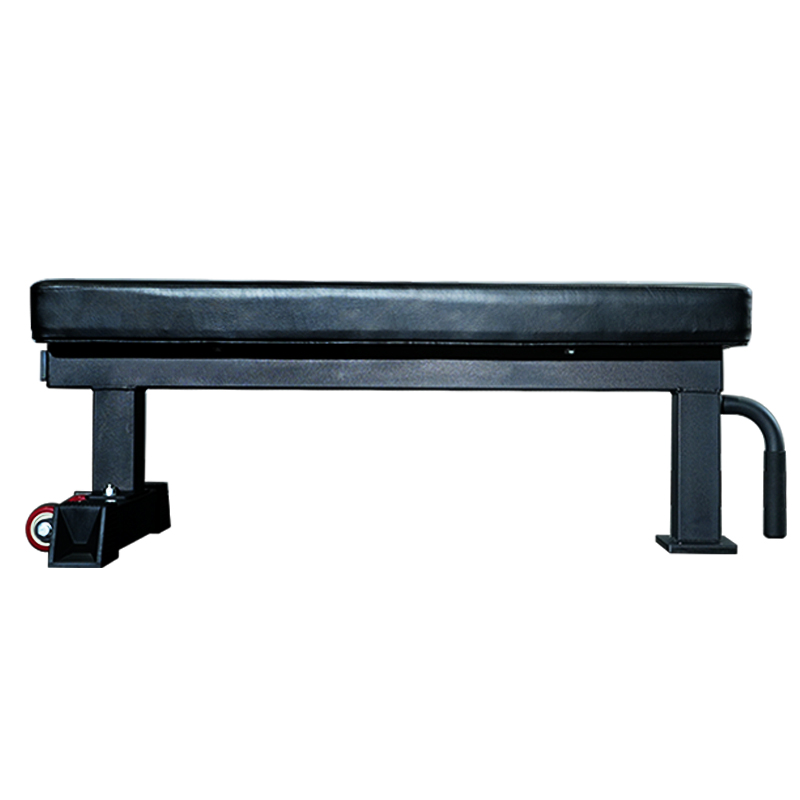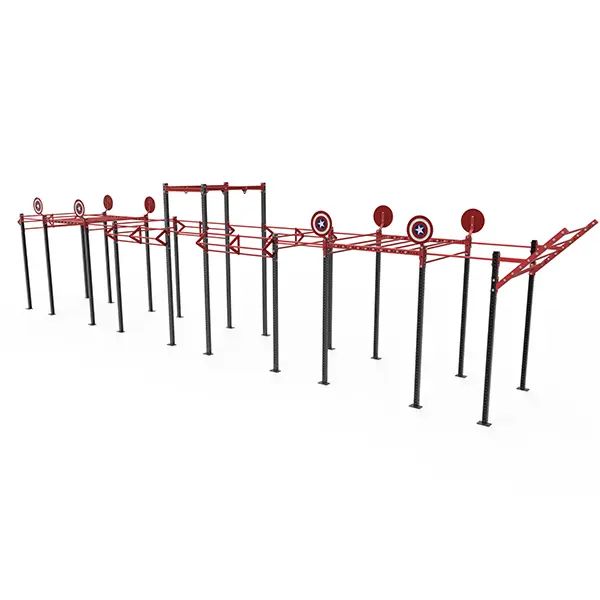Dumbbell maintenance tips : Keep dumbbells looking new
Investing in a set of dumbbells is a wise choice for fitness enthusiasts and home gym owners. These versatile weights offer countless exercise options and facilitate strength training, muscle building, and overall fitness. Maintaining dumbbells is crucial to ensure optimal performance and preserve their aesthetic appeal for years to come. Here's a comprehensive guide to keeping your dumbbells in pristine condition:
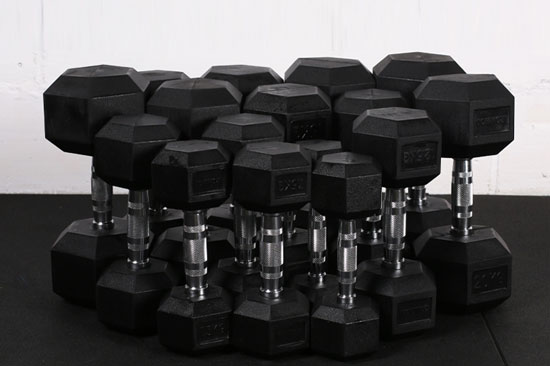
Introduction
Dumbbells endure vigorous use in the gym or home environment. Regular maintenance is essential to ensure they remain functional, safe, and aesthetically pleasing. This guide will delve into the essential steps for maintaining dumbbells, covering everything from regular cleaning to refinishing.
Regular Cleaning
Cleaning dumbbells is paramount for both hygiene and aesthetics. The frequency of cleaning depends on usage. For regular home use, monthly cleaning is sufficient. For commercial gym settings with frequent use, more frequent cleaning (weekly or even daily) is recommended.
Methods for Cleaning:
Wiping with a Damp Cloth: Use a clean, damp cloth to wipe down the dumbbells, removing sweat, dust, and debris. Avoid using abrasive materials that can damage the finish.
Using a Disinfectant Cleaner: For thorough disinfection, use a disinfectant cleaner specifically designed for fitness equipment. Apply the cleaner to a clean cloth and wipe down the dumbbells. Allow the solution to sit for the recommended time before wiping it clean.
Using a Specialized Dumbbell Cleaning Solution: Several commercial dumbbell cleaning solutions are available. These products are formulated to effectively remove grime, sweat, and bacteria while being gentle on the dumbbell's finish.
Inspecting and Tightening Hardware
Over time, the screws and bolts on dumbbells can loosen due to vibration and impact during use. Loose hardware can compromise the dumbbell's stability and safety. Regular inspection and tightening of hardware are crucial.
Tools Needed:
- Allen key (hex key)
- Wrench
Steps for Tightening Hardware:
- Inspect the screws and bolts for any signs of loosening.
- Use the appropriate Allen key or wrench to tighten any loose hardware.
- Avoid overtightening, as this can damage the hardware or strip the threads.
Lubricating Moving Parts
| Maintenance Task | Frequency | Tools Needed | Description |
|---|---|---|---|
| Regular Cleaning | Monthly (Home) / Weekly (Commercial) | Damp Cloth, Disinfectant Cleaner | Wipe down dumbbells to remove sweat, dust, and debris. |
| Inspecting and Tightening Hardware | Monthly | Allen Key, Wrench | Check and tighten screws and bolts to ensure stability. |
| Lubricating Moving Parts | Every 3-6 months | Silicone-based Lubricant | Apply lubricant to moving parts for smooth operation. |
| Storing Dumbbells Properly | After Each Use | Dumbbell Rack, Hooks, Mats | Store in a dry, well-ventilated area to prevent damage. |
| Protecting from Corrosion | After Each Use | Anti-Corrosion Spray | Wipe down and apply spray to prevent rust. |
| Removing Rust | As Needed | Commercial Rust Remover, Vinegar | Use rust remover or homemade solutions to clean rusted areas. |
| Replacing Worn Parts | As Needed | Replacement Parts | Identify and replace worn parts for safety and functionality. |
| Refinishing Dumbbells | As Needed | Paint or Powder Coating | Restore appearance and protect from damage through refinishing. |
| Some dumbbells have moving parts, such as rotating handles or adjustable weight plates. Lubricating these parts ensures smooth operation and prevents premature wear or noise. |
Identify Moving Parts:
- Rotating handles
- Adjustable weight plates
- Slide rails
Type of Lubricant to Use:
- Silicone-based lubricants are ideal for dumbbell moving parts. They provide effective lubrication without attracting dirt or debris.
Steps for Applying Lubricant:
- Apply a small amount of lubricant to the moving parts.
- Spread the lubricant evenly using a brush or cotton swab.
- Wipe away any excess lubricant.
Storing Dumbbells Properly
Proper storage protects dumbbells from damage and premature wear. Choose a dry, well-ventilated area away from direct sunlight or moisture.
Types of Storage:
- Dumbbell Rack: dumbbell rack offers organized and secure storage.
- Vertical Storage Using Hooks or Pegboards: Utilize hooks or pegboards to hang dumbbells vertically, saving floor space.
- Horizontal Storage on Mats: Place dumbbells on rubber mats to protect the floor and dumbbells.
Protecting Dumbbells from Corrosion
Corrosion, caused by moisture, salt, or sweat, can damage the finish and integrity of dumbbells. Protect them by:
- Wiping Down Dumbbells After Use: Remove sweat and moisture by wiping dumbbells with a clean, dry cloth after each use.
- Using Anti-Corrosion Sprays: Apply anti-corrosion sprays or coatings to the dumbbells after cleaning and drying.
- Storing in a Dry Environment: Store dumbbells in a dry, well-ventilated area to minimize exposure to moisture and salt.
Removing Rust
Despite preventive measures, rust can occasionally occur. To remove rust:
Types of Rust Removers:
- Commercial Rust Removers: Commercial rust removers are available at hardware stores. Follow the manufacturer's instructions for application.
- Homemade Solutions: Home remedies like vinegar, baking soda, or lemon juice can also remove rust.
Steps for Removing Rust:
- Apply the rust remover to the affected area.
- Let the rust remover sit for the recommended time.
- Scrub the rust with a wire brush or sandpaper.
- Rinse the dumbbells thoroughly with water and dry them completely.
Replacing Worn Parts
With regular use, certain dumbbell parts may wear out. Signs of worn parts include loose grips, damaged weights, or malfunctioning adjustment mechanisms.
Benefits of Replacing Worn Parts:
- Enhanced safety
- Improved functionality
- Extended lifespan of dumbbells
Steps for Replacing Worn Parts:
- Identify the part that needs replacing.
- Order a replacement part from the manufacturer or a trusted retailer.
- Follow the manufacturer's instructions for installation.
Refinishing Dumbbells
Over time, dumbbells may suffer from damaged paint, scratches, or wear and tear. Refinishing can restore their original appearance and protect them from further damage.
Types of Refinishing:
- Painting: Inexpensive and straightforward, painting requires surface preparation, primer, and paint.
- Powder Coating: A durable and attractive option, powder coating involves applying a fine powder that is electrostatically charged and fused to the dumbbell's surface.
Steps for Refinishing Dumbbells:
- Clean and prepare the dumbbells by removing dirt, rust, and old paint.
- Apply primer if necessary to ensure proper adhesion of the new finish.
- Apply paint or powder coating following the manufacturer's instructions.
- Allow the finish to dry and cure completely.
Conclusion
By adhering to these comprehensive maintenance steps, you can effectively preserve the performance, aesthetics, and longevity of your dumbbells. Regular cleaning, hardware inspection, lubrication, proper storage, corrosion protection, rust removal, worn part replacement, and timely refinishing will ensure that your dumbbells remain a reliable and aesthetically pleasing addition to your fitness routine. Invest in the maintenance of your dumbbells and reap the benefits of a safe, functional, and visually appealing workout companion for years to come.
FAQ about Dumbbell Maintenance
How often should I clean my dumbbells?
For home use, cleaning once a month is sufficient. In commercial gyms, aim for weekly or daily cleaning.
What should I use to clean my dumbbells?
Use a damp cloth for regular cleaning, and a disinfectant cleaner for thorough disinfection.
How can I prevent rust on my dumbbells?
Wipe down your dumbbells after each use, apply anti-corrosion sprays, and store them in a dry environment.
What type of lubricant is best for moving parts?
Silicone-based lubricants are ideal as they don't attract dirt or debris.
How do I know if my dumbbells need new parts?
Look for signs of wear such as loose grips, damaged weights, or malfunctioning adjustment mechanisms.
Can I refinish my dumbbells myself?
Yes, you can repaint or powder coat your dumbbells by following the proper preparation and application steps.

